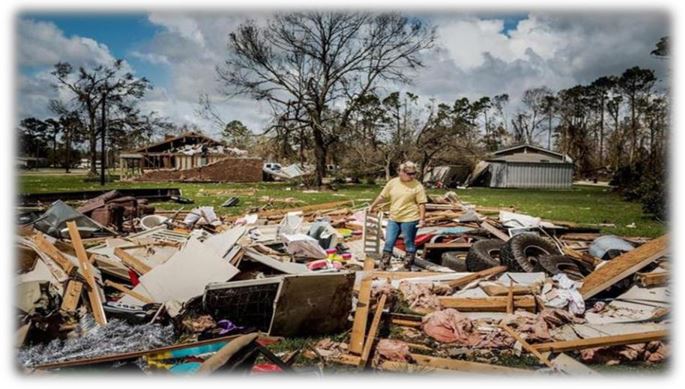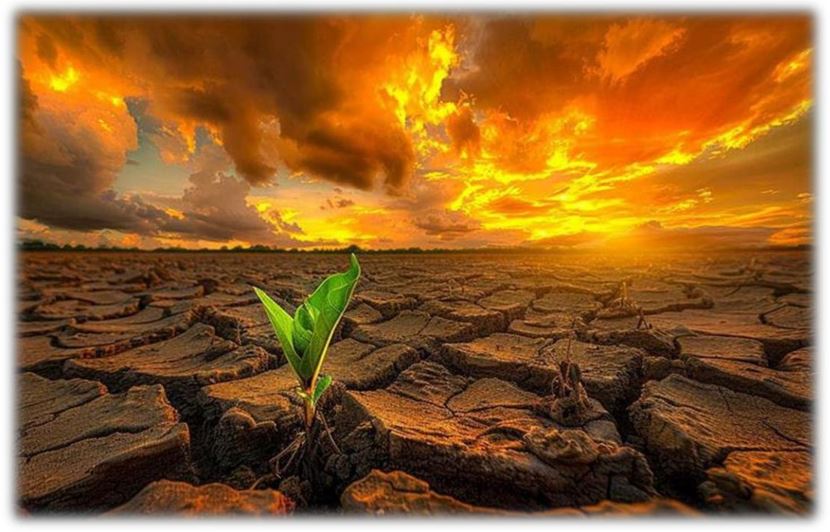A Growing Crisis
The threat of climate change is increasingly becoming evident in our everyday lives. The United Nations described the magnitude of this problem under the 13th goal of the Sustainable Development Goals (SDGs) and called for climate action to revert the looming climate cataclysm. Human activities are the primary contributors to climate change, threatening life on Earth. And for this, the UN worries that the occurrence of a climate cataclysm will significantly destroy the development we have made so far, cause immense migrations, and provoke wars. Not only does climate change affect the environment, but it also affects the community, economy, and development. Climate change is coercing many organizations across the globe to rethink their planning, funding, and implementation of live-improving projects. The projects could be in education, healthcare, agriculture, or infrastructure. Read on to see the effects of climate change.
Climate Change’s Impact on Development Projects
1. Threat to Infrastructure
Due to climate change, severe or extreme weather events are happening more frequently. These include floods, storms, heat waves, and droughts. These events destroy structures such as buildings, bridges, and power lines, meaning maintenance costs are higher. To counter this, more costly design-resilient structures and upgrades must be built.

2. Jeopardization of agriculture and global food security
The brunt of climate change has hit small-scale farmers the hardest. They have had to endure prolonged periods of drought, unpredictable rainfall, and soil degradation due to erosion. As a result, crop yields have significantly reduced, directly threatening economic stability, peace, and food security. The impact, especially on development projects dealing with agriculture, is the requirement to adapt. This includes practices such as the promotion of climate-resistant farming, irrigation, and crops.
3. Putting health systems under pressure
Climate change is to blame for shifting weather patterns and the ever-rising temperatures that have resulted in an increase in the incident rates of certain diseases such as malaria, cholera, and dengue fever. Floods tend to contaminate waterways, while heat waves put our cardiovascular and respiratory health at risk. Hence, development projects in the healthcare sector are forced to use climate adaptation strategies.
These strategies include conducting public awareness campaigns, building climate-resistant facilities, and enhancing disease surveillance tools. Natural disasters compilation: Climate Change Disasters compilation
4. Migration and displacement of people

While humans are the leading catalysts for climate change, they are also experiencing the most consequences. One of these is that millions of people have been forced to run away from home in search of greener pastures. For instance, areas experiencing rising sea levels or desertification are often forced to move. Development has been crippled as the population is always on the move. For development projects to remain sustainable, they must incorporate climate change in their research on migration and seek to utilize the insights into housing planning, education, as well as employment programs.
The Way Forward
While the future of development projects seems bleak, especially with the threat of climate cataclysm, building climate-resilient developments could be the answer. Our future depends on our ability to adapt in the face of climate change. All agencies must collaborate to establish sustainability in developments. Hence, funding should be directed towards climate resilience.
To register for a Climate Resilience and Food Security course, visit our website at Shama
Or contact us via:
+254 750 913 412



Leave a Reply